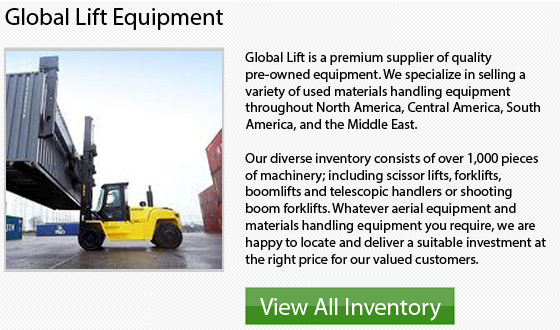
Forklift trucks are extremely large and strong pieces of industrial equipment. In order for them to work efficiently and smoothly, hundreds of various components go into the manufacturing process. Lots of components should be replaced regularly because of damages and breakages.
Forklifts are very versatile machines. A variety of different accessories could be fitted onto the machinery in order to increase their capabilities and expand the tasks they are regularly able to complete. Several of the key different forklift components and accessories are described below.
Fork Extensions
The fork extensions are the forks on the forklift. These forks could can be changed entirely, or various parts can be added to them so the truck can lift various types of cargo such as baskets, rollers, telescopic loads, amongst others.
Forklift Bearings and Seals
The bearings and seals are particular lift truck parts which allow the inner workings of the machinery to operate in an optimum and efficient manner. Bearings allow two moving components of the machine to work together smoothly, without any friction. If not fitted correctly, seals and bearings can sometimes break and wear down and these parts may need to be replaced occasionally. If a bearing is the proper type of bearing for the machinery and it is fitted correctly, this forklift part could easily outlive the life expectancy of the entire machinery.
Cabs
The cab component of the lift truck truck is the section where the operator sits and controls the whole machine. Based on the specific model, the cab can be open or it may have a roof. On a work place, this lift truck component usually has a roof to comply with safety measures and lessen the risk of falling materials.
Brake Forklift Components
The brakes located on a forklift truck are required to be regularly checked in order to make sure that they are in safe working condition. Normally, these components must be replaced due to extended wear or damage.
Wheels and Tires
The tires and the wheels are the forklift components that are most normally damaged. Problems happen because of punctures from sharp things on the floor and slashes from uneven and rough floor boards.